Author: Dynamo DeFi; Translation: Golden Finance xiaozou
1. What exactly is the "Internet capital market"?
In short, they are real businesses built on the chain.
These applications are not necessarily pure "crypto" applications - they do not exist to promote token speculation, but to integrate tokens into functional components. Its effects are reflected in:
- Quickly open up profit channels for developers
- Build a viral user growth mechanism
- Let users share the dividends of application development
This article will analyze its essence, explain the ecological positioning of Believe, and list the core projects you need to pay attention to.
2. The future of the Internet market
Blockchain directly hits the three major pain points of the global capital market: lack of liquidity, high entry costs, and failure of the settlement system.
It turns out that Solana is a perfect decentralized Nasdaq. But its ambitions go beyond that.

The core concept of the Internet Capital Market (ICM): combining revenue-generating Web2 websites/games/products with the capital formation advantages of Web3.
Independent game developers may not be able to get a $20 million seed round, but if they use the Believe platform to issue game currency in 5 minutes, it is obviously more practical to make a profit through handling fees.
So, real demand exists. Believe is opening up a revenue-generating channel for the majority of builders, while attracting traffic and new users for its products.
3. Who is leading the trend?
Currently, related activities are mainly concentrated on the Believe platform (formerly Clout, token LAUNCHCOIN). LAUNCHCOIN once soared 10 times in 24 hours.
Simply reply to any tweet @launchcoin+name to tokenize it.
The generated Solana tokens can be traded on all decentralized exchanges that support Solana (including Phantom, DexScreener, Jupiter and other platforms).
4. How is it different from Pump Fun?
Believe is committed to solving a core problem. The tens of thousands of tokens created during the meme craze in 2024 are almost all scams. Even if there are tokens that are not completely scams, they lack practical utility.
What is missing from these token issuances? The answer is trust.
By the end, there were only a few buyers who really believed in meme coins, and only traders who wanted to get in and out quickly were left.
Believe puts trust first, openly emphasizing transparency and real products. They are committed to making it easier for builders to attract funds to provide products to users. This has become possible with the help of the Internet capital market.
Believe also excels in key aspects: first, they strongly incentivize builders.
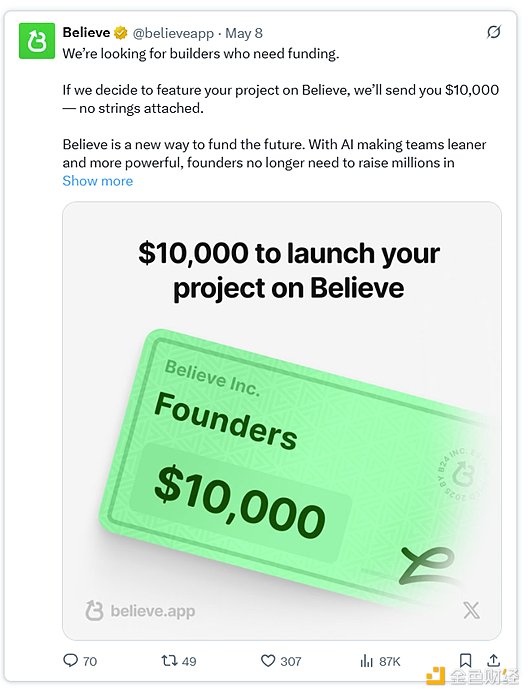 At the same time, it eliminates friction - only X tweets are needed to issue tokens, making virality possible.
At the same time, it eliminates friction - only X tweets are needed to issue tokens, making virality possible.
The token issuance starts with a bonding curve mechanism. When the market value exceeds $100,000, it can be upgraded to Meteora for deeper liquidity.
To prevent sniping, dynamic transaction fees are used: the transaction fees for early buyers are extremely high, but gradually drop to 2% as the transaction stabilizes.
The transaction fees are split 50-50 between the creator and the Believe platform.
We appreciate Believe's minimalist style. Its "Operation Manual" page shows that the team is well aware of market needs.
The tweet below is outdated just one day after it was posted - LAUNCHCOIN's market value has exceeded 200 million US dollars.
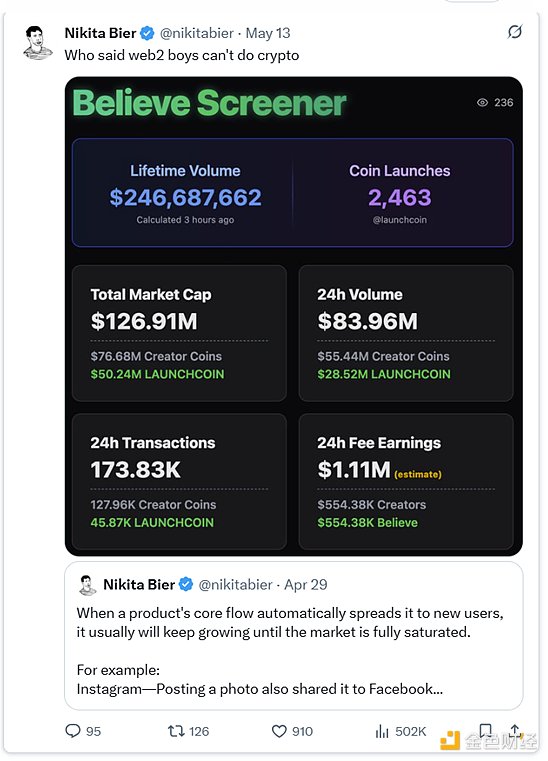 The data as of the time of writing this article is as follows:
The data as of the time of writing this article is as follows:
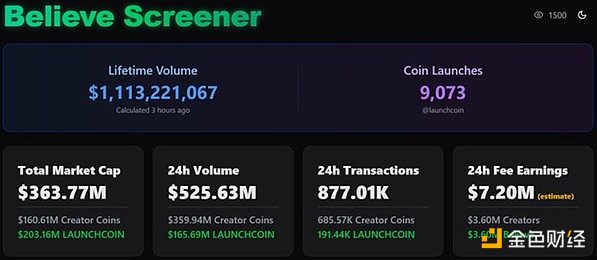
5. BelieveEcosystem First Launch Project
(1) NOODLE
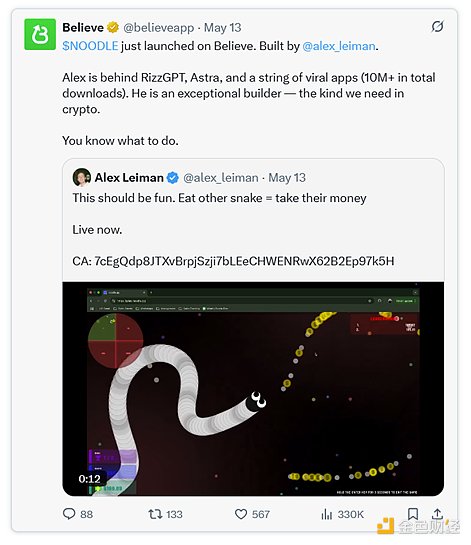
(2)DUPE
Full name: Deal Unlocking Price Engine. Once you tell it what you want, its pattern recognition technology will look for cheaper alternatives ("dupes").

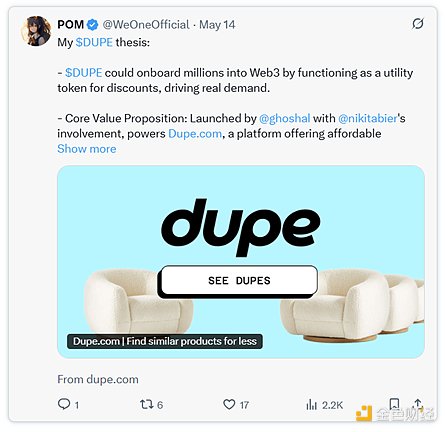
(3) BUDDY
Publish articles on platform X to get rewards.
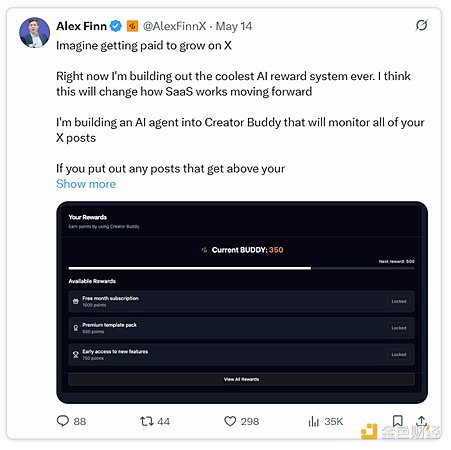
(4)Inflight
On-demand design feedback service provided by former Meta & Tinder product designers.
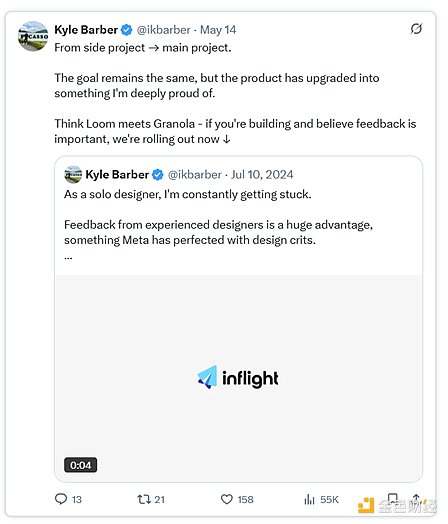
(5)Fitted
Virtual wardrobe AI application, downloaded 300,000 times.

(6) Giggles
Emerging social media application, downloaded over 100,000 times.
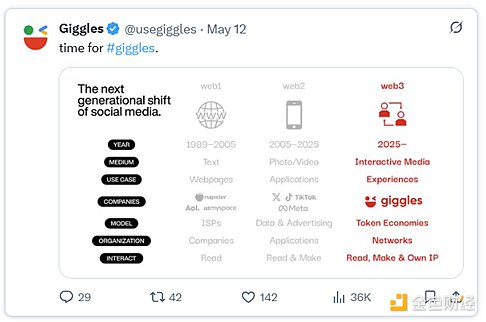
7. Simple Evaluation Framework
There are a lot of ICM tokens on the market, and there is a lot of noise.
To accurately evaluate these projects, a hybrid strategy is needed: half speculator thinking, half fundamental analysis.
The basic evaluation framework is as follows:
- Virality: Track market value, trading volume, platform X sentiment and product appeal. These tokens will upgrade to Meteora when the market value reaches $100,000, so monitoring trading volume/mind share is critical (there are also arbitrage opportunities for small pool liquidity mining).
- Credibility of builders: These are on-chain businesses and should be evaluated in the same way as traditional enterprises. Attention should be paid to: founder background, current progress (user base, revenue sources, transparency.
ICM’s core advantage is: Web2 founders with successful experience in Web3 construction. Focus on evaluating the industry experience and execution capabilities of builders.
- Profit potential: Combining the Web2 model (subscription, advertising) with the Web3 token economic model (the Believe manual recommends that builders avoid profit-sharing designs to comply with regulations, but this is still a feasible direction).
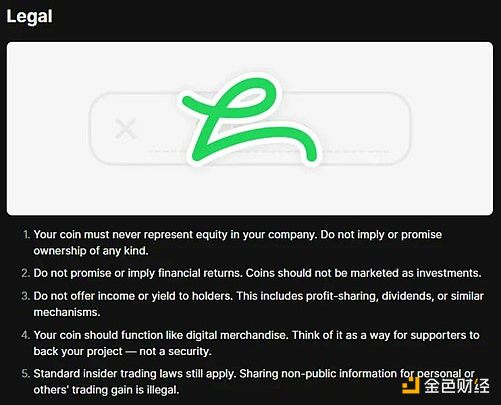 Scalability is critical on both the Web2 and Web3 ends.
Scalability is critical on both the Web2 and Web3 ends.
The rotation effect will continue to be significant. The additional advantage of this track is that despite volatility and noise, application users can still support builders they trust and products they really like.
With the implementation of crypto-friendly policies and the global evolution to the Internet capital market, these tokens may eventually evolve into equity. But for now, we are still trapped in the meme coin wave.
8. Future trends
LAUNCHCOIN and all Believe-issued tokens will gain more practical functions.
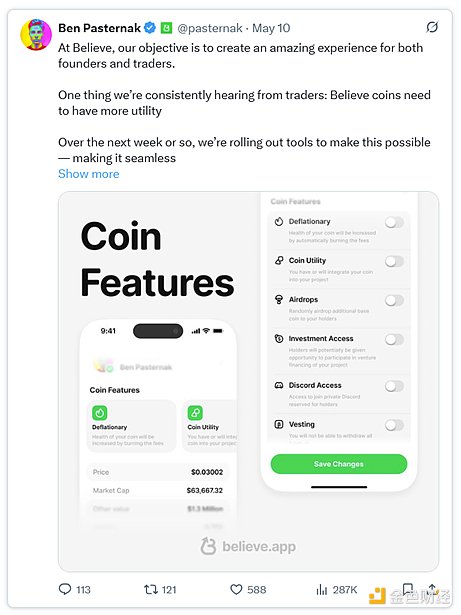
The new feature allows builders to enhance token utility without having to develop their own. This is a zero-code crypto solution for adding token functionality to products, and builders can easily expand their product matrix by just recording clicks.

 Brian
Brian


 At the same time, it eliminates friction - only X tweets are needed to issue tokens, making virality possible.
At the same time, it eliminates friction - only X tweets are needed to issue tokens, making virality possible.  The data as of the time of writing this article is as follows:
The data as of the time of writing this article is as follows: 







 Scalability is critical on both the Web2 and Web3 ends.
Scalability is critical on both the Web2 and Web3 ends. 



